Last Updated on September 26, 2025 by Matt Staff
The 1930s were a turbulent decade marked by the Great Depression, lingering unrest from Prohibition, and a society struggling to find stability. In that atmosphere of hardship, crime syndicates and outlaws thrived, seizing power in the shadows. From city mob bosses who built underground empires to daring bank robbers who taunted the law, gangsters became some of the most talked-about figures of the era.
Their exploits dominated headlines, their reputations stirred both fear and fascination, and many were seen as God-like characters. Some were seen as ruthless predators, while others were cast as rebellious folk heroes. Whatever role they played, each one left a permanent imprint on American history. Here are 20 of the most notorious names who defined the underworld of the 1930s.
1. Al Capone
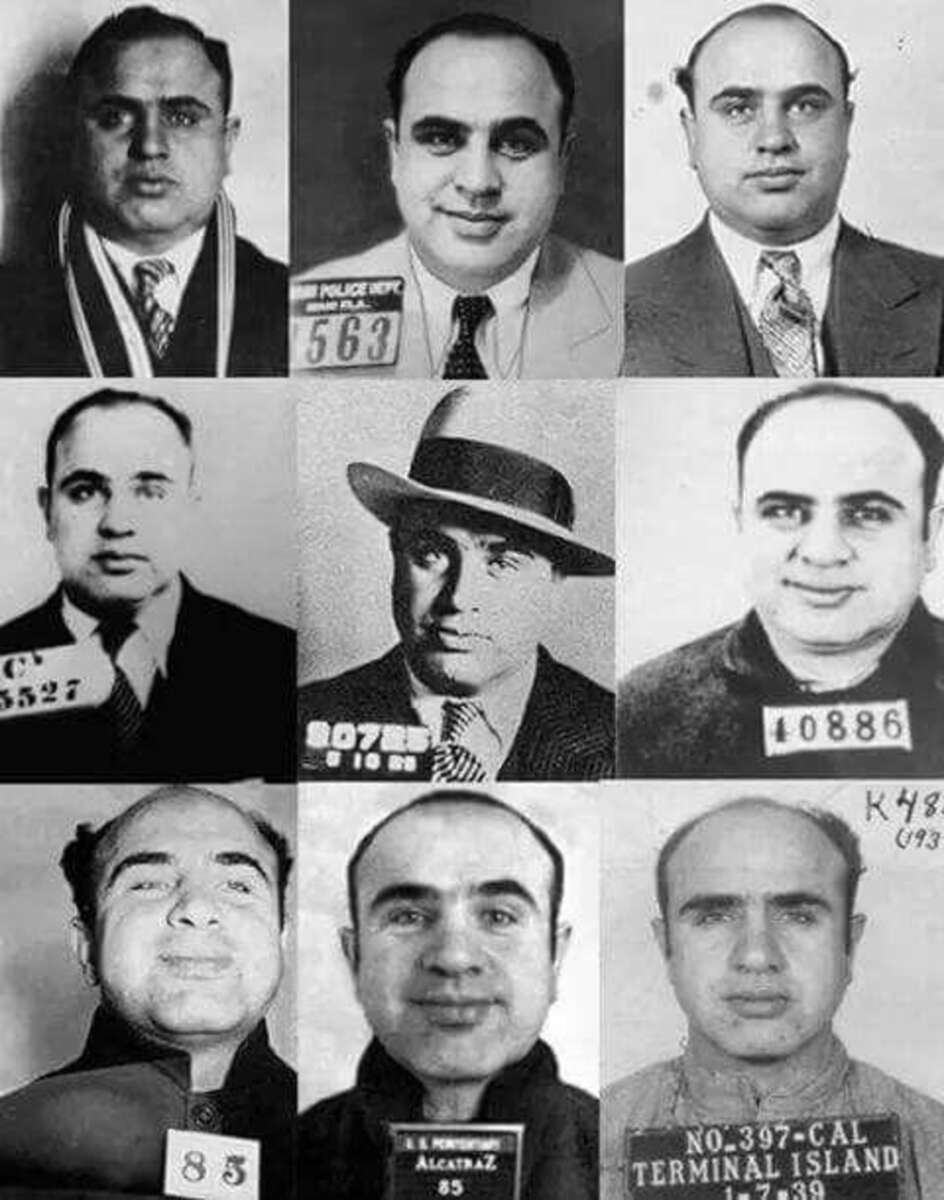
Everybody knows the name Al Capone. He ruled Chicago’s rackets through a mix of bribery, intimidation, and outright violence. Though he was convicted of tax evasion in 1931 and sent to prison, his reputation as the face of organized crime remained. To many, Capone remains the symbol of the American gangster.
2. John Dillinger
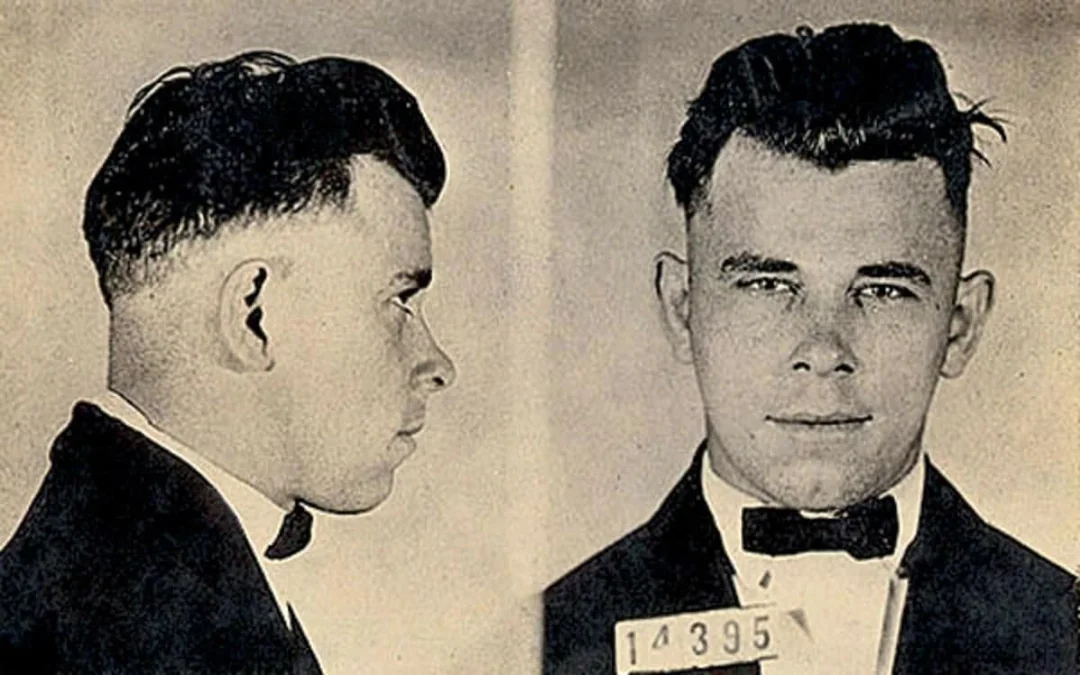
John Dillinger became the Depression’s most wanted outlaw and a household name through intense bank robberies across the Midwest. He had a flair for theatrics, from prison escapes to disguises, which only added to his legend. Some admired him for striking back at institutions blamed for hard times, while others saw him as nothing more than a killer. His story ended abruptly in 1934 when federal agents took him down outside Chicago’s Biograph Theater.
3. Bonnie Parker & Clyde Barrow
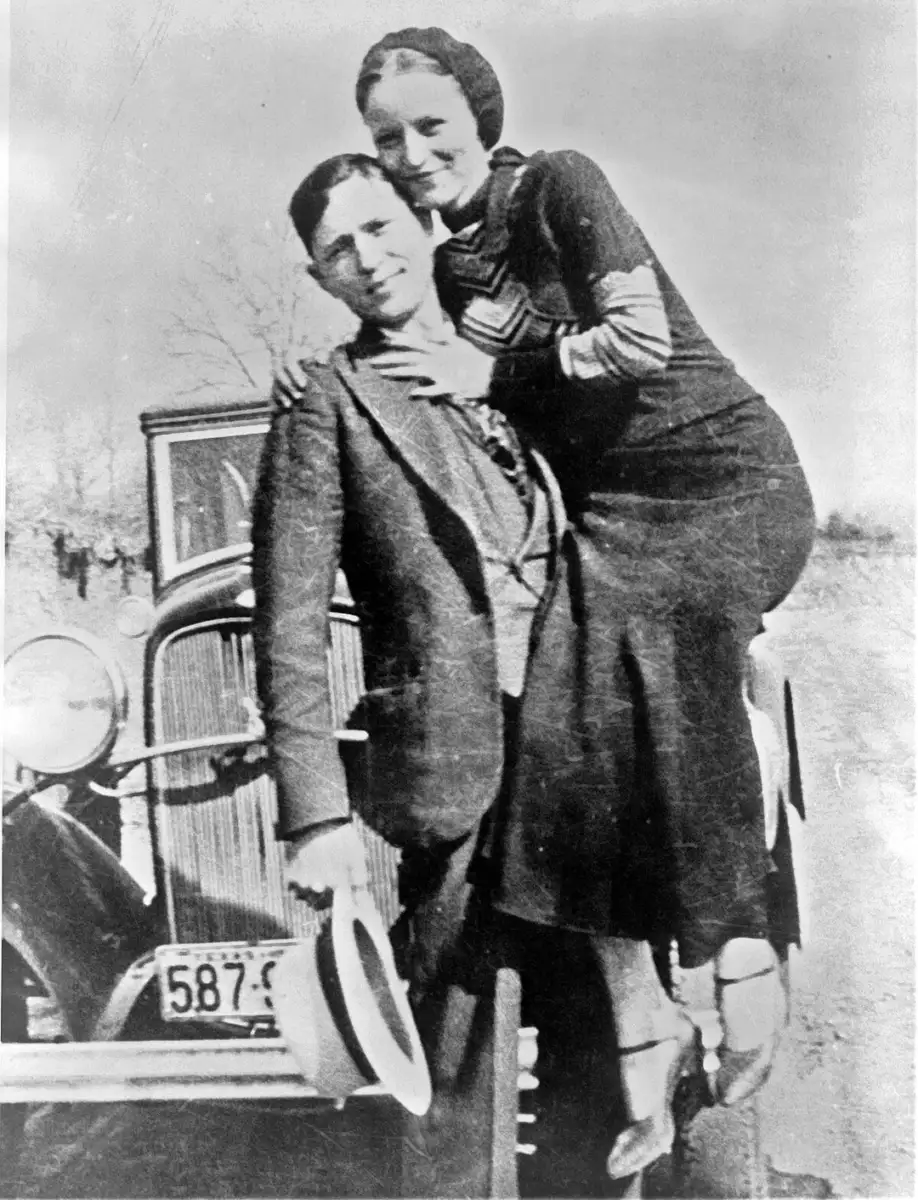
The tale of Bonnie and Clyde is one of crime, love, and tragedy. Together, they tore through small towns and highways, robbing banks, gas stations, and shops, leaving both bodies and headlines in their wake. Their romance and reckless energy made them folk heroes in the eyes of some Depression-era Americans. But the law finally caught up with them in 1934, ending their spree in a deadly ambush.
4. Charles Floyd
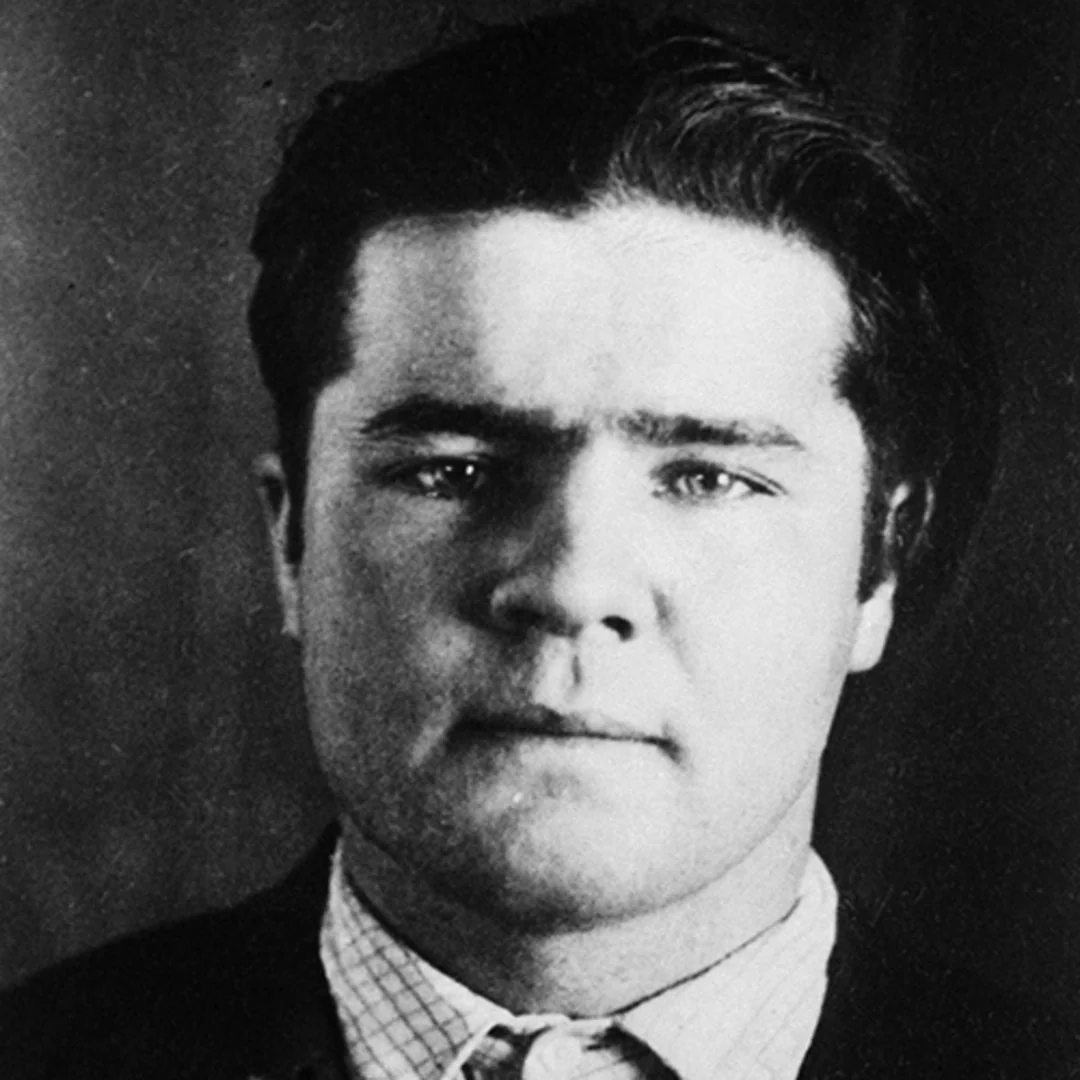
Charles “Pretty Boy” Floyd gained a reputation not just as a bank robber but as a kind of Robin Hood figure. During his heists, he supposedly destroyed mortgage papers, a gesture that earned goodwill from struggling farmers. That image didn’t erase the bloodshed left in his wake, and federal agents marked him as Public Enemy No. 1 on July 23rd, 1934. He was finally cornered and killed in Ohio in 1934.
5. George Kelly
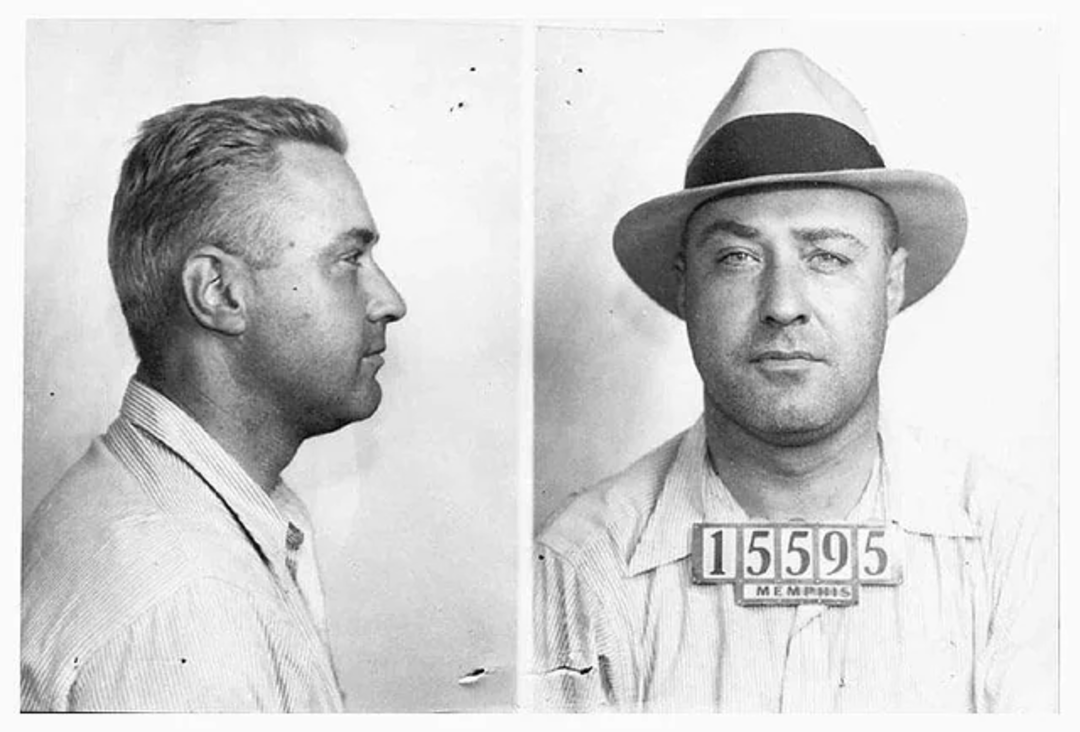
George “Machine Gun” Kelly was a bootlegger turned kidnapper whose crimes shocked the nation. His most infamous act was abducting Charles Urschel in 1933, a crime that brought in a hefty ransom but also highlighted him in the eyes of the law. Despite his nickname, Kelly wasn’t the fearless outlaw many imagined; he surrendered without a fight when agents closed in. His capture marked one of the early triumphs for J. Edgar Hoover’s FBI.
6. Dutch Schultz
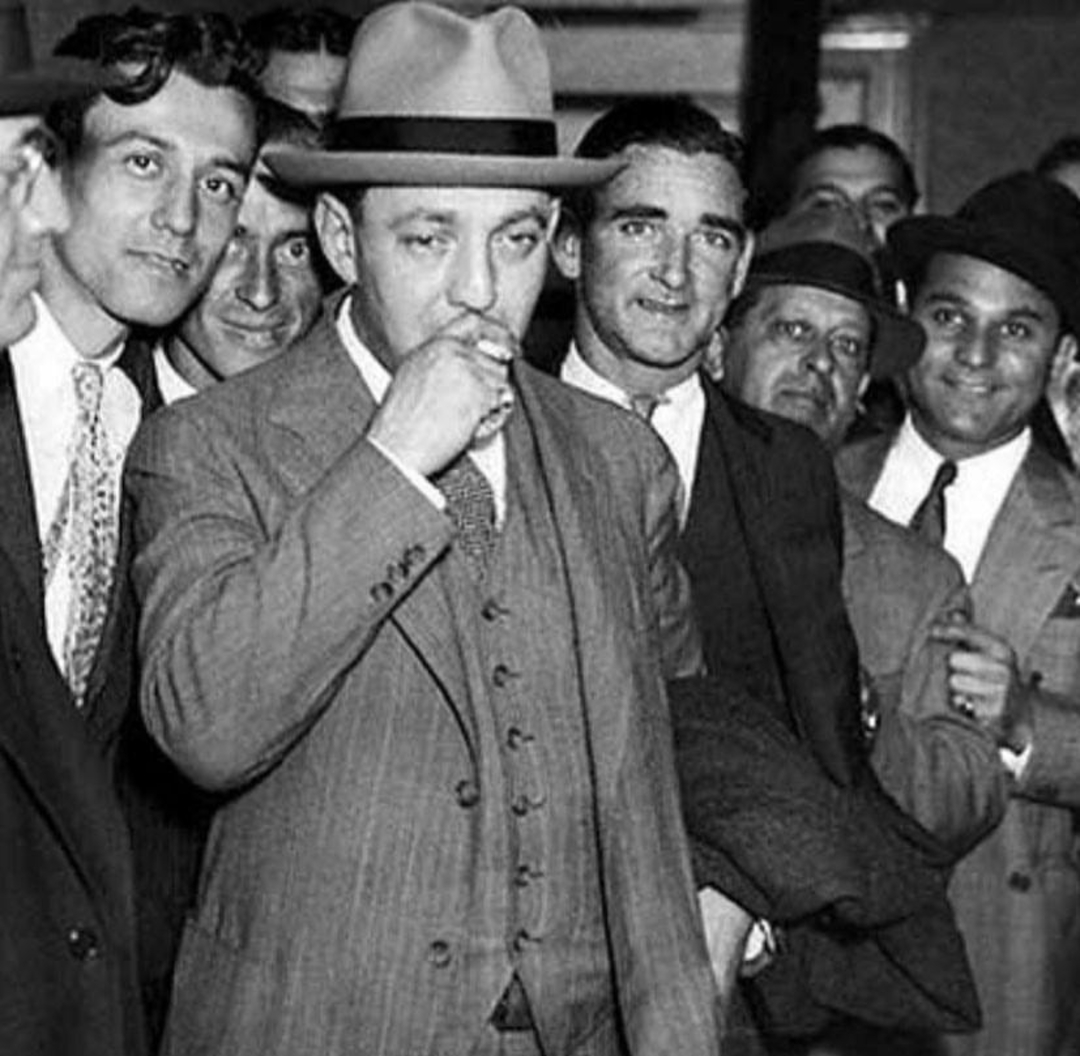
Arthur Flegenheimer, better known as Dutch Schultz, built an infamous empire in New York through bootlegging, gambling, and extortion. He was hot-tempered and unpredictable, making enemies both inside and outside the mob. In 1935, his rivals had him gunned down in a Newark restaurant.
7. Charles Luciano
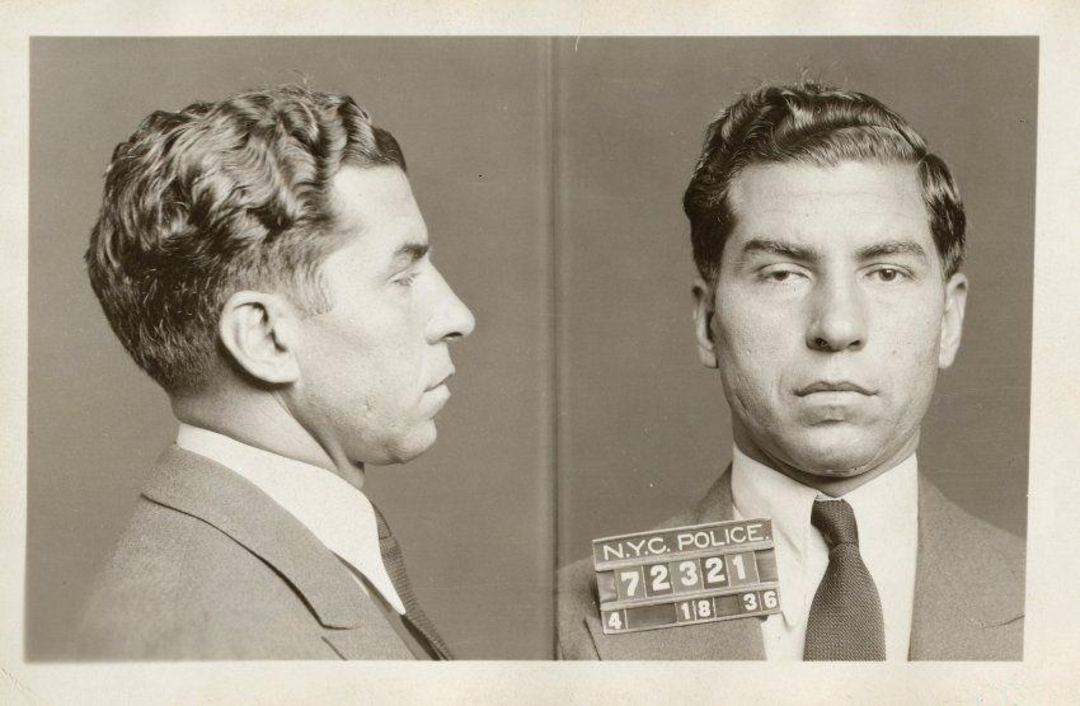
Charles “Lucky” Luciano changed organized crime more than almost anyone else. In the early 1930s, he helped establish the Commission, a council that allowed rival Mafia families to share power and profits while avoiding constant bloodshed. Luciano had a hand in racketeering, drug smuggling, and prostitution, building a criminal empire with international reach. Even after his 1936 conviction, his influence in the underworld never really faded.
8. Frank Nitti
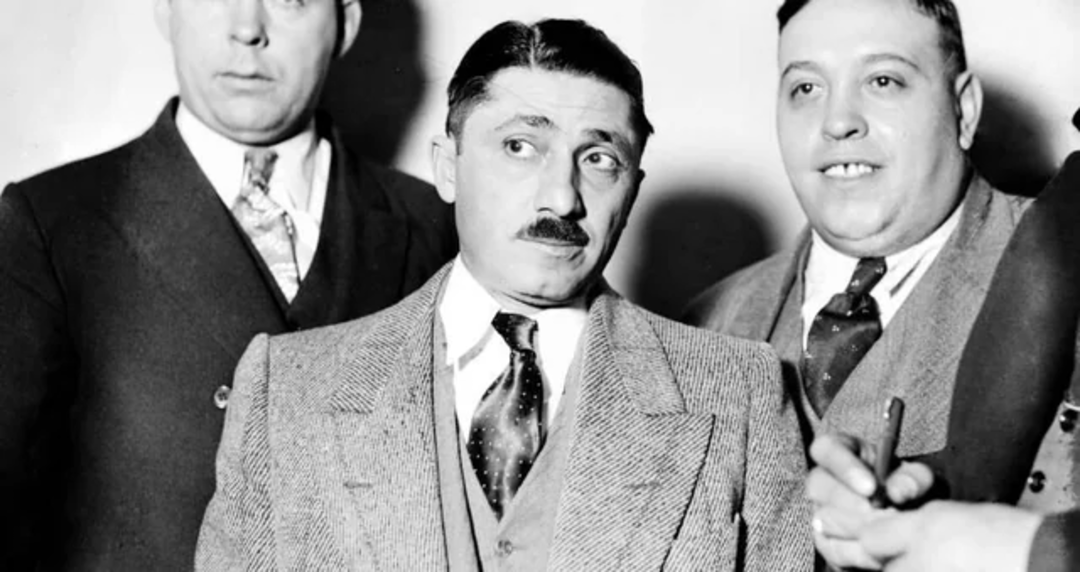
Frank “The Enforcer” Nitti took charge of the Chicago Outfit after Capone’s fall. He relied on intimidation and muscle to control rackets ranging from bootlegging to labor unions. Unlike some mob leaders, Nitti kept a lower profile, delegating risky jobs to lieutenants. Facing federal prosecution years later, he took his own life before prison.
9. Meyer Lansky

Meyer Lansky wasn’t a typical mobster; he was the brains behind the money. Known as the “Mob’s Accountant,” he devised systems to keep gambling and racketeering profits flowing smoothly while minimizing risk. With Lucky Luciano, he helped knit together the National Crime Syndicate, extending mob influence nationwide. Lansky preferred calculation to gunfire, but his quiet power made him just as dangerous.
10. Bugsy Siegel
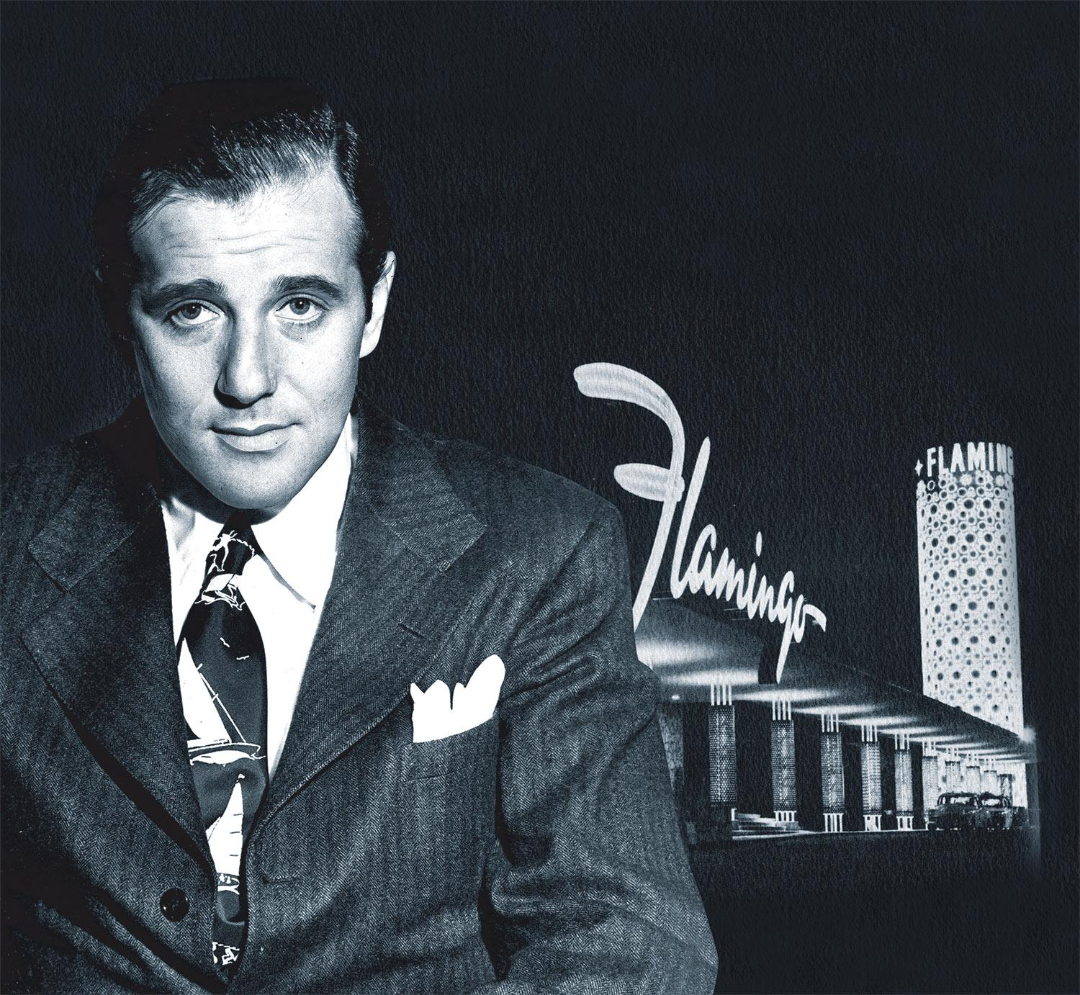
Benjamin “Bugsy” Siegel was equal parts charm and menace. A founding member of Murder, Inc., he built his reputation as a ruthless hitman before turning to racketeering and bootlegging. Siegel’s violent temper made him dangerous, yet his charisma drew people in. By the end of the decade, he had his eyes set on Las Vegas, a vision that would change the American gambling world forever.
11. Alvin Karpis
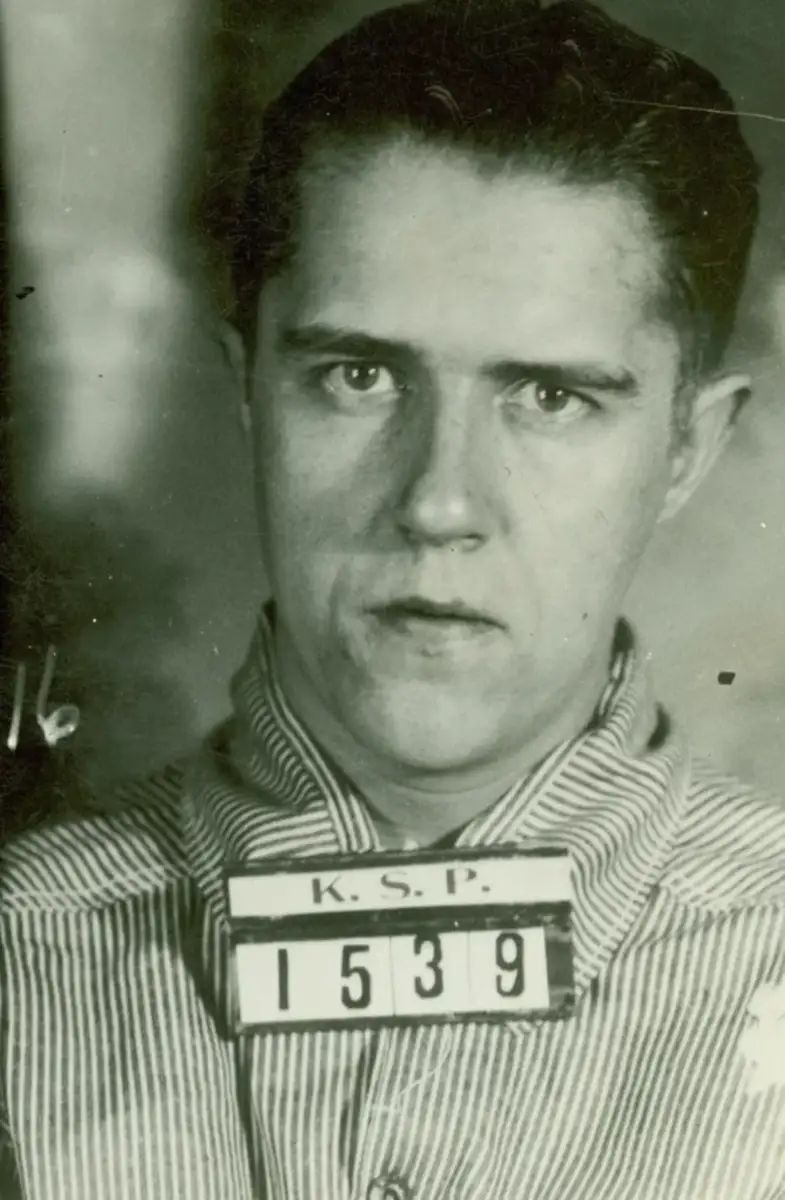
Alvin “Creepy” Karpis earned his nickname from the unsettling grin that often accompanied his crimes. As the brains of the Barker-Karpis Gang, he planned robberies, kidnappings, and escapes with precision. Unlike some of his flashier contemporaries, Karpis preferred to work from the shadows. His run ended in 1936 when he was captured and sent to Alcatraz, where he spent decades behind bars.
12. Lester Nelson
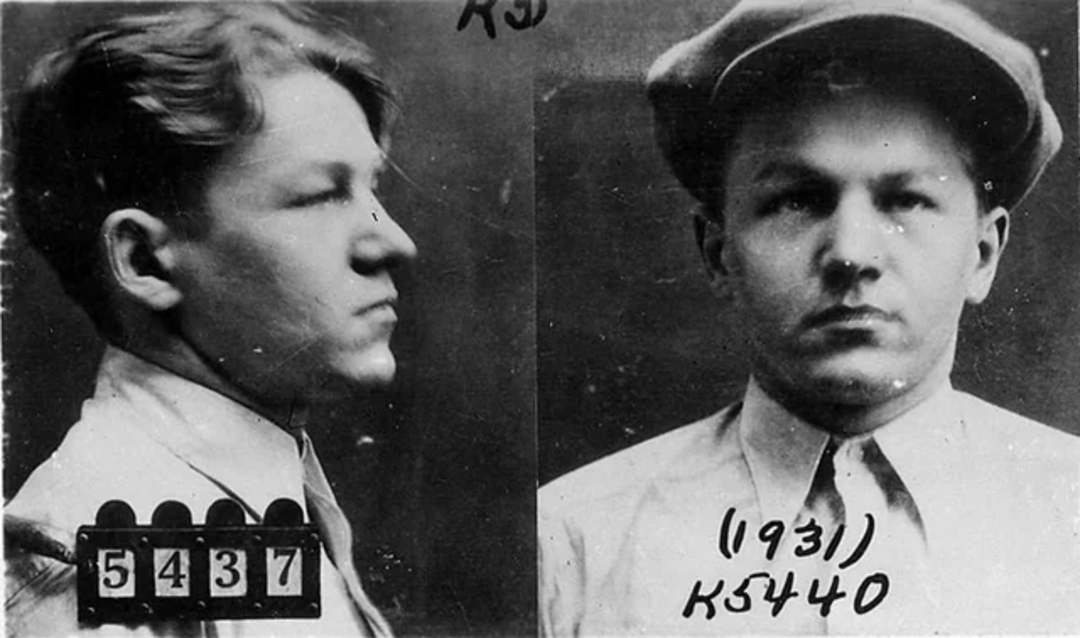
Lester “Baby Face” Nelson may have looked young and harmless, but his reputation told a very different story. He was quick-tempered and often more violent than his fellow gangsters, even murdering lawmen without hesitation. Nelson was closely tied to John Dillinger’s crew before carving his own bloody path. He met his end in 1934 after a furious gunfight with the FBI in Illinois.
13. Jack Diamond
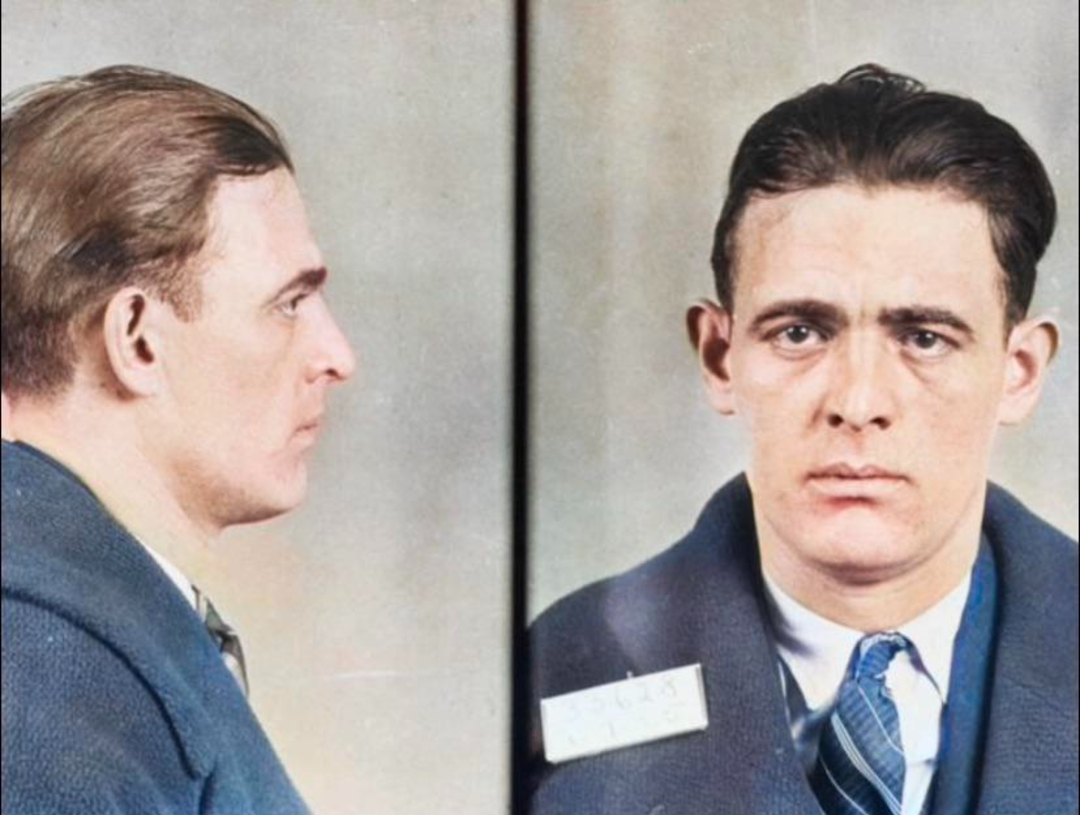
Known as “the clay pigeon of the underworld,” Jack “Legs” Diamond had a knack for surviving assassination attempts. A flashy bootlegger and racketeer, he reveled in the nightlife and enjoyed showing off his wealth. Despite his many enemies, he repeatedly dodged death in the early 1930s. His luck finally ran out in 1931 when he was shot in his Albany home.
14. Vincent Coll
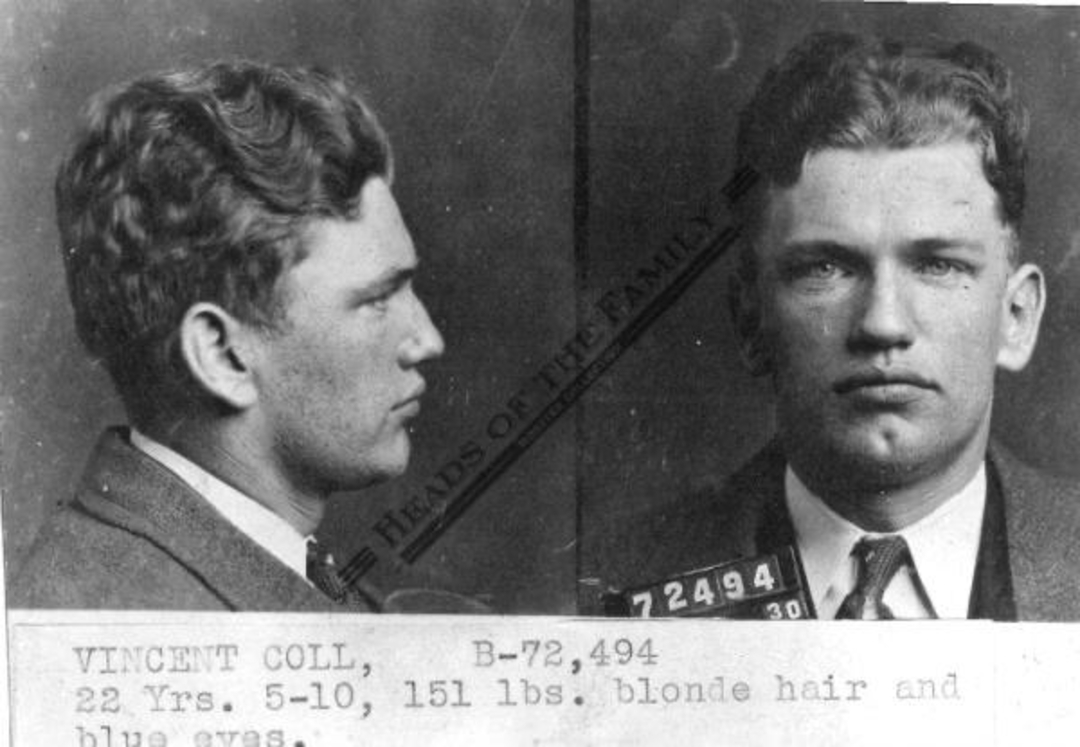
Vincent Coll was feared even among other mobsters for his reckless brutality. He earned the nickname “Mad Dog” after a botched hit left a hurt child in its wake, cementing his reputation as uncontrollable. His feud with Dutch Schultz turned New York into a war zone, with shootouts erupting in broad daylight. Coll’s rampage ended in 1932 when he was cut down in a hail of bullets inside a Manhattan drugstore.
15. Joseph Bonanno

Joseph Bonanno, sometimes called “Joe Bananas,” was one of the youngest mob bosses of his generation. He emerged from the Castellammarese War as the head of what would become the Bonanno crime family. Bonanno favored strategy and diplomacy over bloodshed, though he wasn’t afraid to use violence when necessary. His leadership during the 1930s laid the foundation for a Mafia dynasty that lasted for decades.
16. Frank Costello
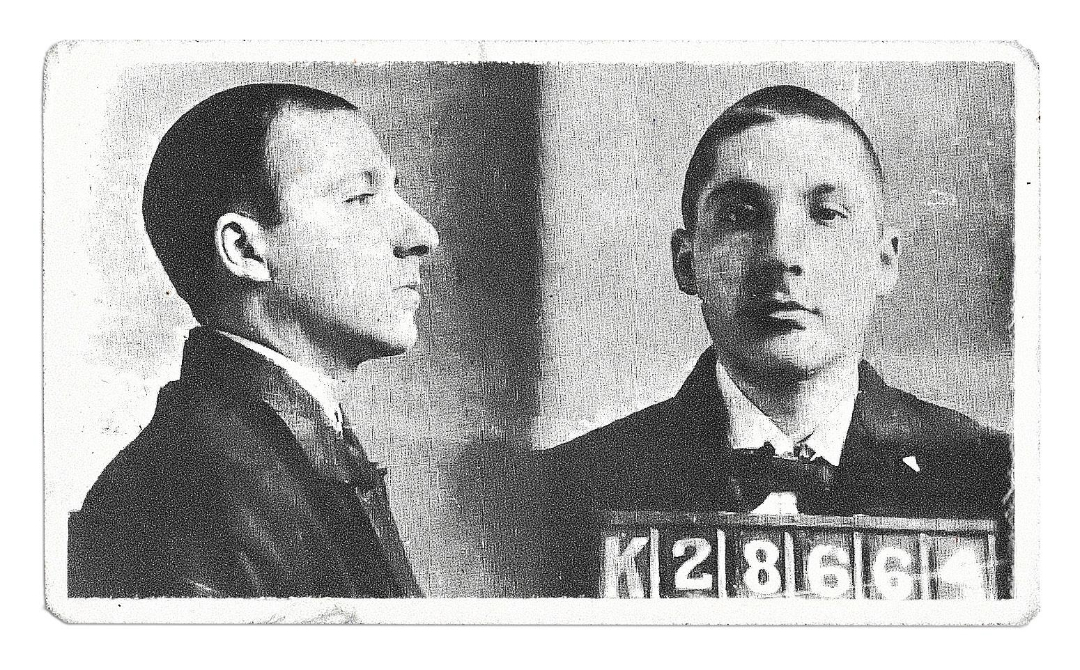
Frank Costello earned the nickname “Prime Minister of the Underworld” because of his political influence. Instead of relying on brute force, he built his empire through gambling operations and by buying connections in New York politics. Costello’s calm demeanor and preference for negotiation made him stand out among more hot-headed mobsters. By the end of the 1930s, his power and wealth were firmly established.
17. Tony Accardo
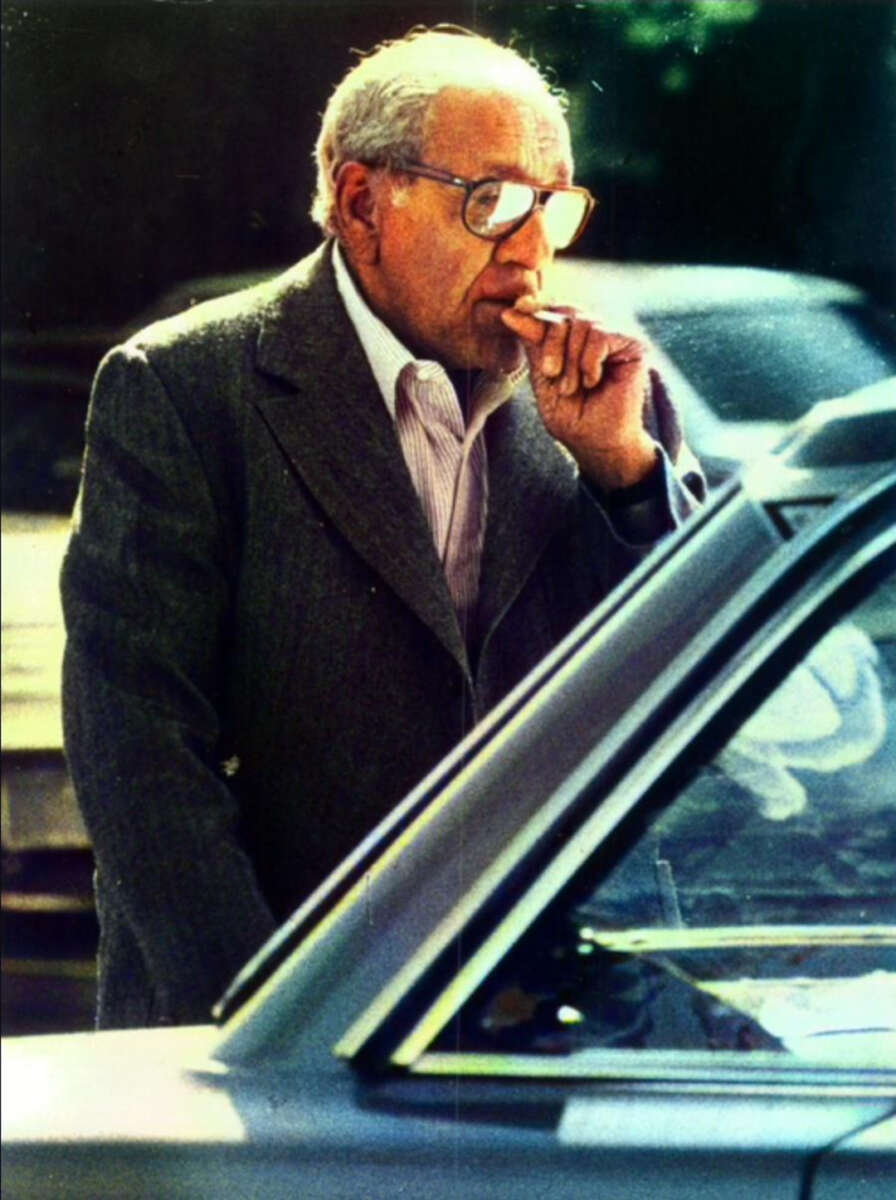
Tony “Joe Batters” Accardo began as an enforcer for the Chicago Outfit in the 1930s. He earned his nickname from his brutal use of a baseball bat against rivals, a story that followed him for life. Accardo proved himself as both ruthless and reliable, qualities that ensured his steady rise through the ranks. His long career would eventually make him one of Chicago’s most enduring mob leaders.
18. Owney Madden
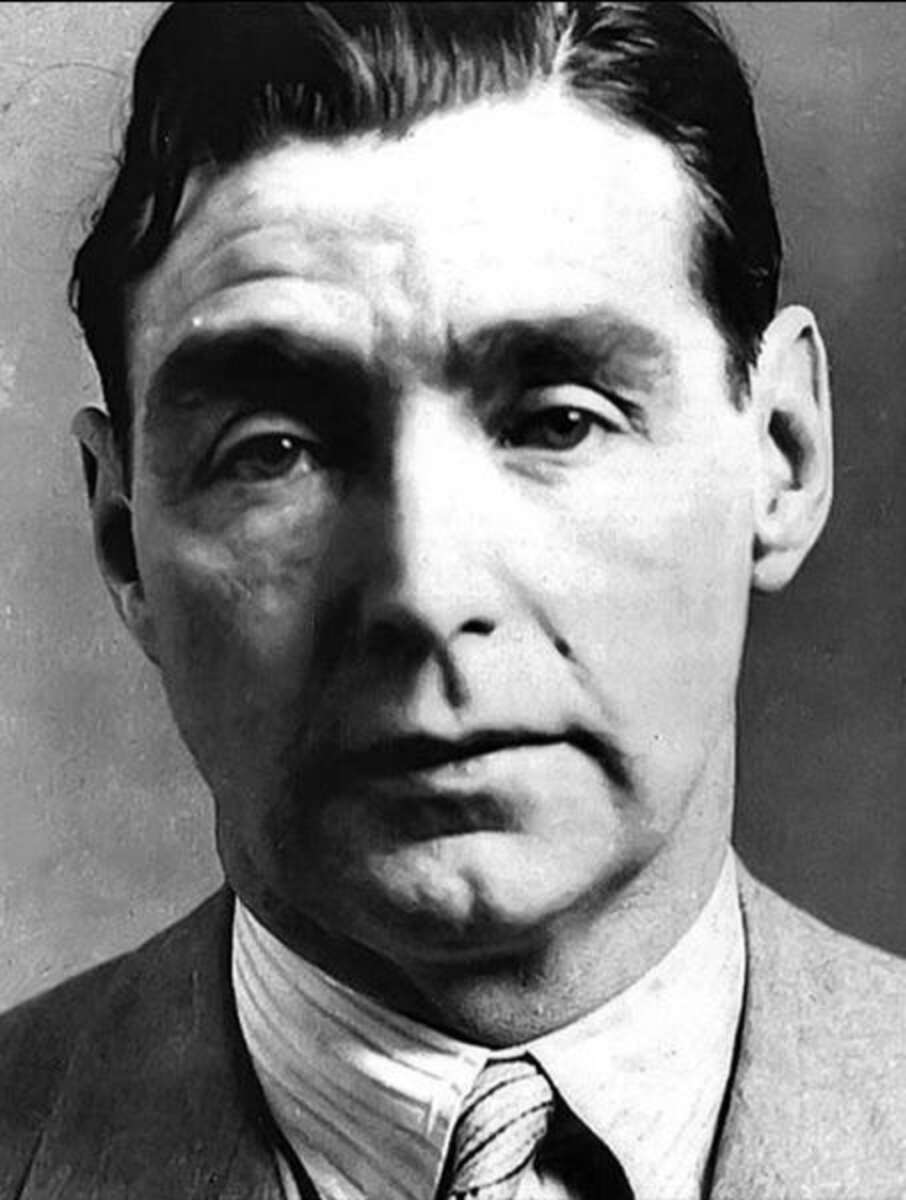
Owney Madden, an Irish-born gangster, blended crime with show business in New York. He controlled the Cotton Club, one of Harlem’s most famous nightspots, while also running bootlegging and protection rackets. Madden had deep ties to both the underworld and city politics, which kept him well-protected. By the mid-1930s, he relocated to Arkansas, but his legend as “The Killer” lived on.
19. Giuseppe Aiello
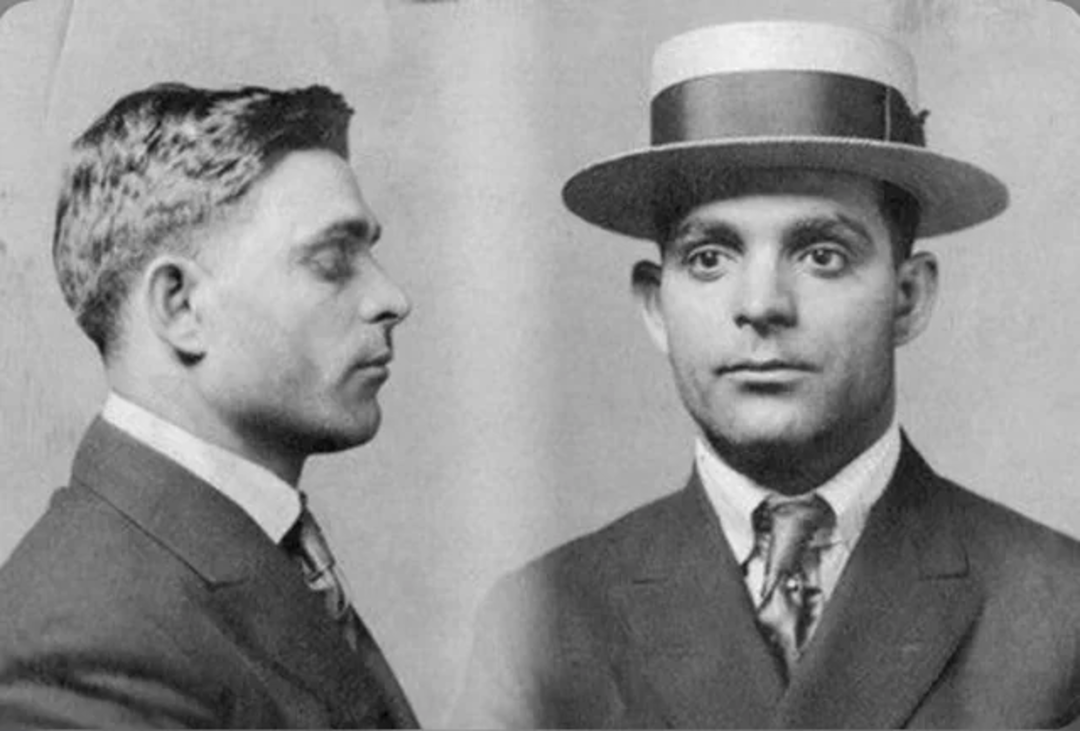
Giuseppe Aiello was one of Al Capone’s fiercest rivals in Chicago. He tried repeatedly to have Capone assassinated, even offering money to anyone who would take on the job. Aiello’s vendetta turned him into a marked man. In 1930, his feud came to a violent end when Capone’s men ambushed and killed him.
20. Salvatore Maranzano
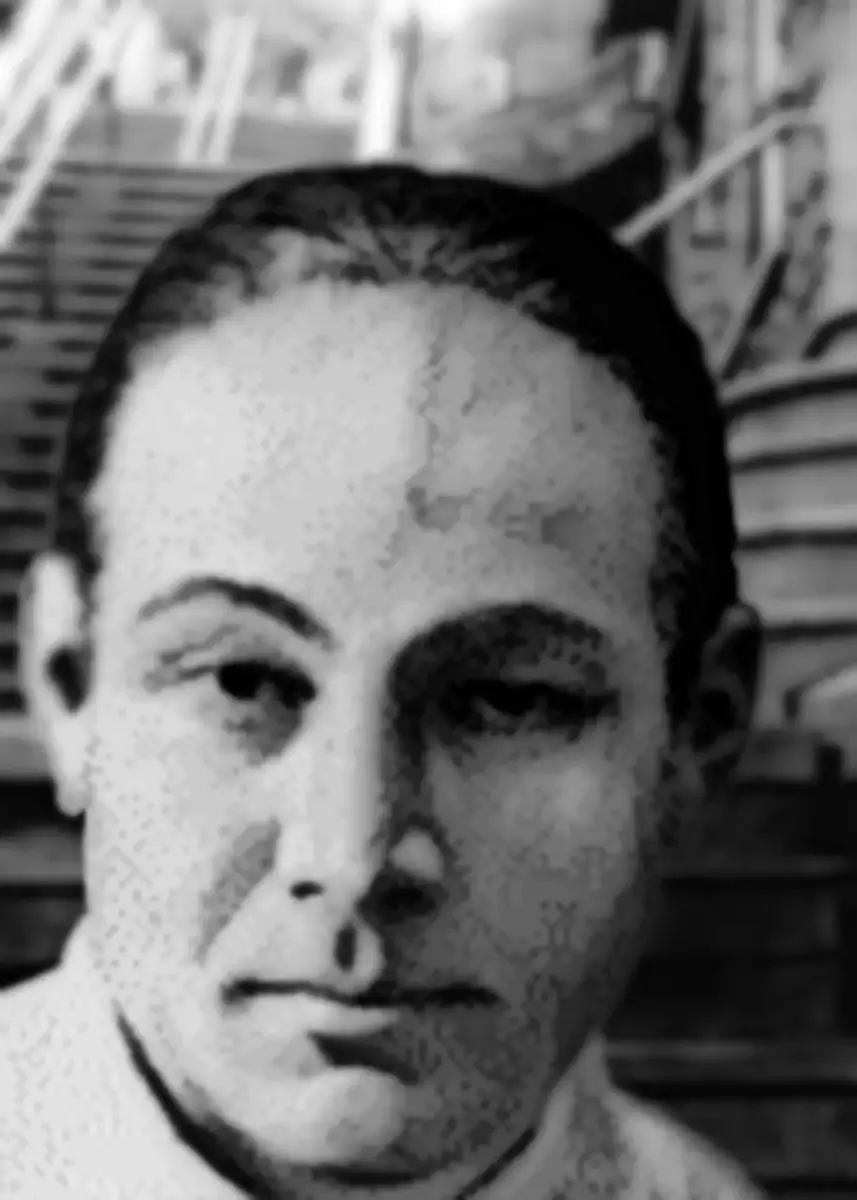
Salvatore Maranzano briefly became the most powerful Mafia boss in New York after winning the Castellammarese War. He reorganized the city’s gangs into the structure of the “Five Families” but declared himself the supreme “Boss of Bosses.” That ambition made him enemies, particularly Lucky Luciano. In 1931, Luciano’s men assassinated him, ending his short reign.
Want to check out more content from the 1930s?
Take a nostalgic look at 20 Of The Best Cars From The 1930s, or if you want to see what school was like in the ’30s, check out 20 Vintage Photos Of What School Looked Like In The 1930s. Finally, if you want to see what life in the 1930s was like in color, check out 20 Colorized Photos From The 1930s.